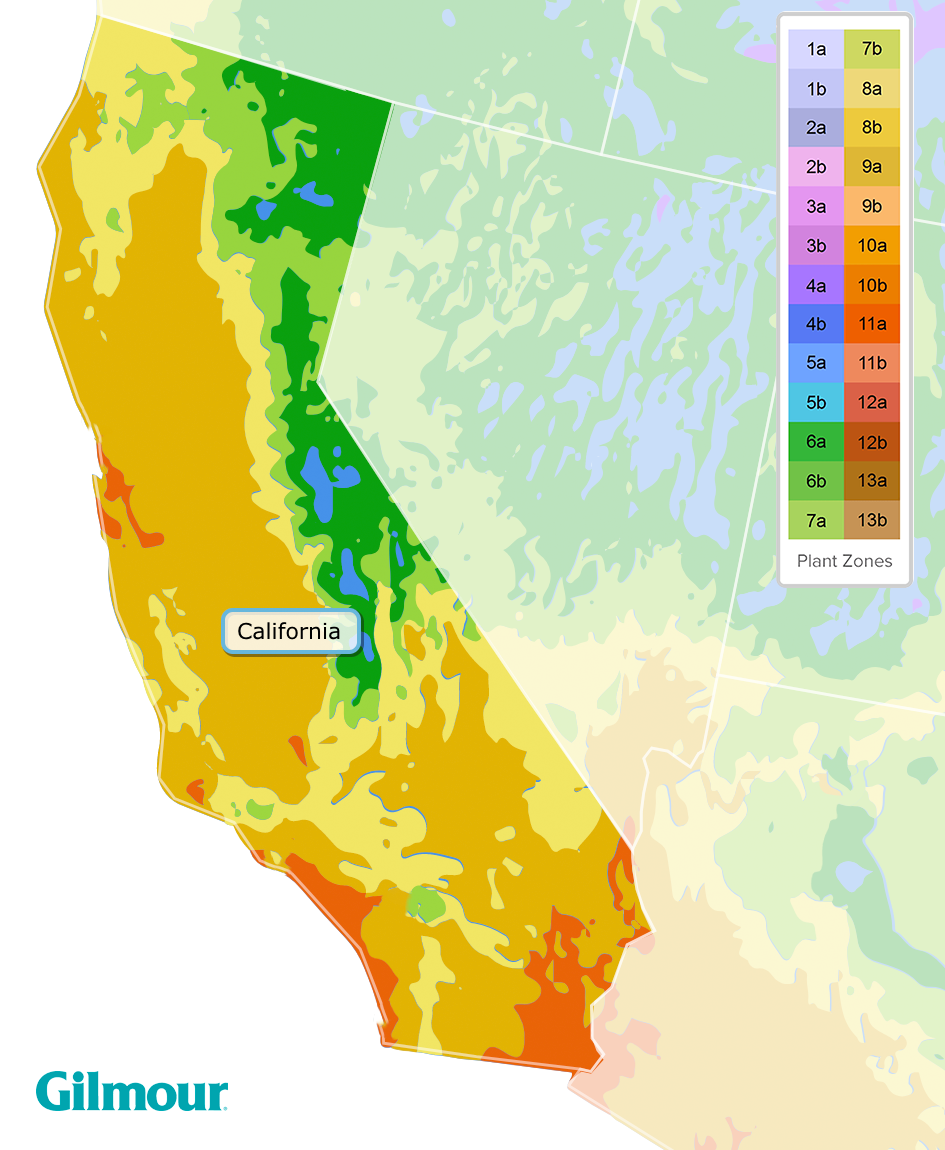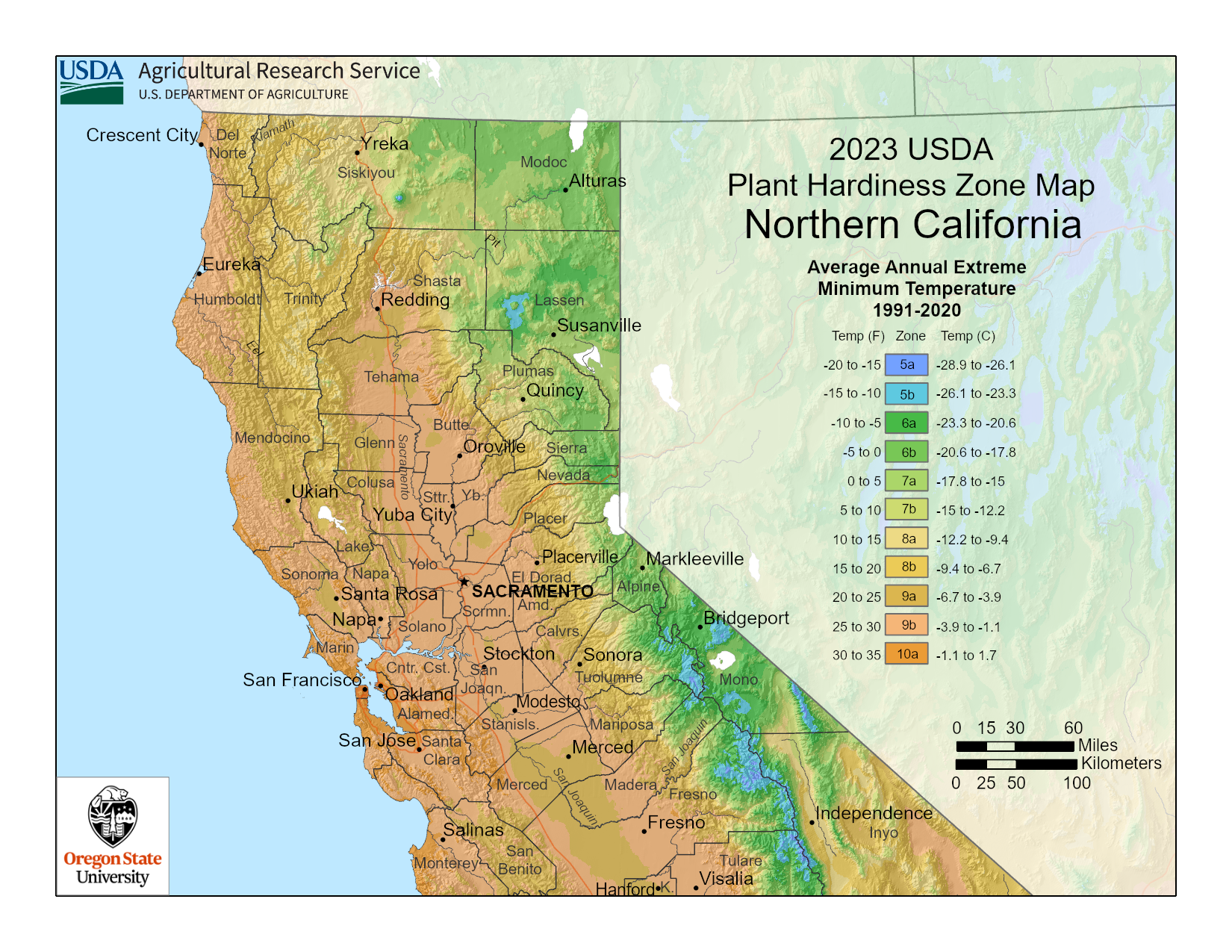“`html
California’s Diverse plant Zones: A Comprehensive Guide
California’s Diverse Plant Zones: A Comprehensive Guide
California, a state of immense geographical diversity, boasts a remarkable range of climates and microclimates. This translates to an incredibly varied landscape, supporting a vast array of plant life. Understanding California’s plant zones is crucial for gardeners, landscapers, and anyone interested in the state’s natural flora. This guide delves into the intricate world of California’s plant zones, exploring the factors that shape them and the unique plant communities they support.
Understanding Plant Zones
Plant zones, also known as hardiness zones, are geographical areas defined by their average minimum winter temperatures. These zones help gardeners and landscapers determine which plants are most likely to thrive in a particular location. In California, however, the traditional USDA Plant Hardiness Zone map, which is based solely on minimum winter temperatures, is often insufficient. California’s complex topography and coastal influences create numerous microclimates, requiring a more nuanced approach.
Factors Influencing California’s Plant Zones

Several factors contribute to the diversity of California’s plant zones:
Elevation
Elevation plays a significant role in determining temperature and rainfall. Higher elevations experience colder temperatures and often more precipitation, leading to alpine and subalpine plant communities. Lower elevations, particularly in the desert regions, experience extreme heat and aridity.
Latitude

Latitude influences the angle of the sun’s rays and the length of daylight hours. Southern California, closer to the equator, receives more direct sunlight and warmer temperatures than Northern California.
Proximity to the Coast
The Pacific Ocean moderates temperatures along the coast, creating a maritime climate with mild winters and cool summers. Coastal areas also experience higher humidity and fog, supporting unique plant communities.
Rain Shadow Effect
Mountain ranges create rain shadows, where one side of the mountain receives significantly more rainfall than the other. The windward side, facing the prevailing winds, experiences orographic lift, causing air to cool and condense, resulting in precipitation. The leeward side, in the rain shadow, receives little rainfall, creating arid or semi-arid conditions.
Microclimates
Microclimates are small areas with distinct climate conditions that differ from the surrounding region. These can be created by factors such as slope, aspect (direction a slope faces), and proximity to buildings or bodies of water. Microclimates can significantly impact plant growth and survival.
California’s Major Plant Zones and Regions
California can be broadly divided into several major plant zones and regions, each with its unique characteristics:
Coastal California
Coastal California experiences a Mediterranean climate with mild, wet winters and warm, dry summers. The coastal fog belt, a narrow strip along the coast, is characterized by high humidity and cool temperatures. This region supports a variety of plants, including coastal scrub, redwood forests, and chaparral.
Northern Coastal California
Northern Coastal California, including areas like Humboldt and Mendocino counties, experiences cooler temperatures and more rainfall than Southern California. Redwood forests dominate the landscape, along with coastal scrub and grasslands.
Central Coastal California
Central Coastal California, including areas like Monterey and Santa Cruz, experiences a moderate climate with frequent fog. This region is known for its diverse plant communities, including Monterey pines, coastal live oaks, and various wildflowers.
Southern Coastal California
Southern Coastal California, including areas like Los Angeles and San Diego, experiences warmer temperatures and less rainfall than Northern and Central California. Chaparral, coastal sage scrub, and various drought-tolerant plants thrive in this region.
Central Valley
The Central Valley, a large, flat region in the heart of California, experiences hot, dry summers and cool, wet winters. This region is primarily agricultural, with a focus on crops such as almonds, grapes, and citrus. Native vegetation includes grasslands and oak woodlands.
Sierra Nevada
The Sierra Nevada mountain range experiences a wide range of climates, depending on elevation. Lower elevations support oak woodlands and chaparral, while higher elevations feature coniferous forests, alpine meadows, and barren rock.
Foothills
The foothills of the Sierra Nevada experience a Mediterranean climate with hot, dry summers and cool, wet winters. Oak woodlands and grasslands dominate the landscape.
Mid-Elevation Forests
Mid-elevation forests, typically between 3,000 and 7,000 feet, are characterized by coniferous trees such as ponderosa pine, Douglas-fir, and incense-cedar.
High-Elevation Alpine Zones
High-elevation alpine zones, above 7,000 feet, experience cold temperatures and short growing seasons. Alpine meadows, rocky outcrops, and sparse vegetation characterize this region.
Deserts
California’s deserts, including the Mojave and Colorado deserts, experience extreme heat and aridity. These regions are home to a variety of drought-tolerant plants, such as cacti, succulents, and desert shrubs.
Mojave Desert
The Mojave Desert, located in southeastern California, is characterized by Joshua trees, creosote bush, and various cacti. It experiences extreme temperature fluctuations and very low rainfall.
Colorado Desert
The Colorado Desert, located in the southeastern corner of California, is the hottest and driest desert in North America. It is home to plants adapted to extreme heat and aridity, such as palo verde trees and ocotillo.
North Coast Ranges
The North Coast Ranges, located in Northern California, experience a Mediterranean climate with mild, wet winters and warm, dry summers. This region is known for its redwood forests, oak woodlands, and chaparral.
Cascade Range and Modoc Plateau
The Cascade Range and Modoc Plateau, located in northeastern California, experience a continental climate with cold winters and warm summers. Coniferous forests, sagebrush steppe, and volcanic landscapes characterize this region.
Using Plant Zones for Gardening and Landscaping
Understanding California’s plant zones is essential for successful gardening and landscaping. When selecting plants, consider the following:
Hardiness Zone Ratings
Check the hardiness zone ratings of plants to ensure they are suitable for your location. Remember to consider microclimates and adjust accordingly.
Water Requirements
Choose plants that are adapted to the water availability in your region. Drought-tolerant plants are essential for areas with limited rainfall.
Sun Exposure
Consider the amount of sunlight your garden receives. Some plants require full sun, while others prefer partial shade or shade.
Soil Type
Select plants that are adapted to the soil type in your garden. Amend the soil as needed to improve drainage and fertility.
Native Plants
Consider using native plants, which are well-adapted to the local climate and require less maintenance. Native plants also support local ecosystems and biodiversity.
Conclusion
California’s diverse plant zones reflect the state’s remarkable geographical and climatic diversity. By understanding the factors that influence these zones and the unique plant communities they support, gardeners, landscapers, and nature enthusiasts can better appreciate and conserve California’s natural heritage. Whether you’re cultivating a backyard garden or exploring the vast wilderness, knowledge of California’s plant zones is an invaluable tool for success and appreciation of the state’s botanical riches.
“`
